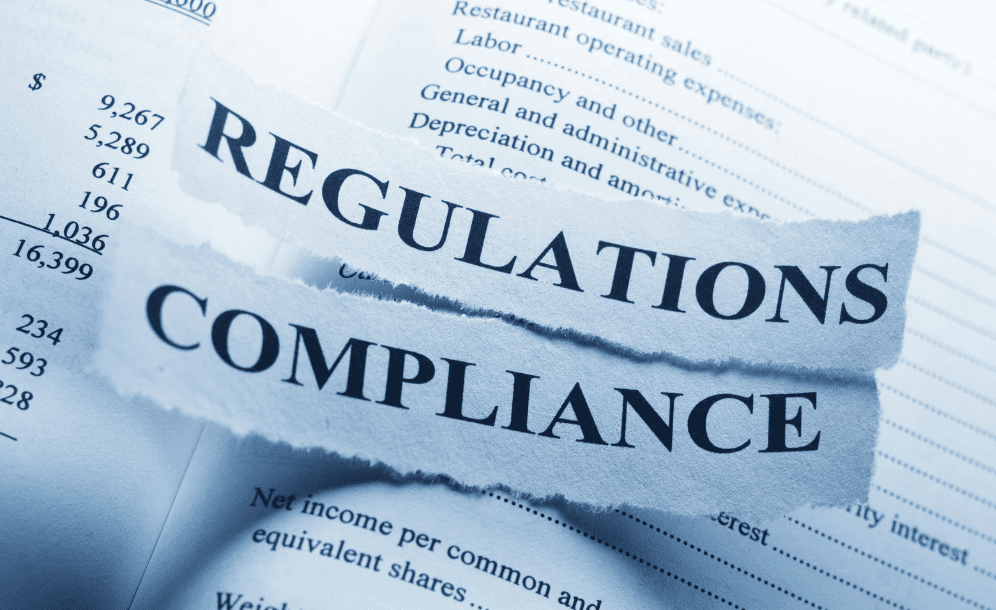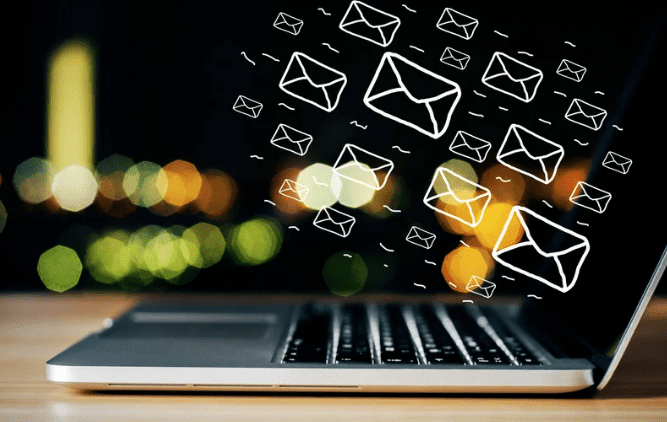In today’s digital age, email remains a crucial communication tool for businesses. However, sending bulk emails without proper precautions can lead to your email address being blacklisted. This blog will explore how and why this happens, and what you can do to avoid it.
What is Email Blacklisting?
Email blacklisting occurs when an email address, domain, or IP address is flagged by email service providers (ESPs) and added to a list of known spammers. Once blacklisted, your emails are likely to be blocked or sent to the recipients’ spam folders, significantly reducing your email deliverability and effectiveness.
How Bulk Emails Lead to Blacklisting
High Volume of Emails: Sending a large number of emails in a short period can trigger spam filters. ESPs monitor email traffic and may flag unusual spikes in volume as potential spam activity.

Poor Email List Quality: Using outdated or purchased email lists can result in a high number of bounces and spam complaints. Invalid email addresses and uninterested recipients increase the likelihood of your emails being marked as spam.
Lack of Personalization: Bulk emails that lack personalization and appear generic are more likely to be flagged as spam. Recipients are more inclined to mark impersonal emails as junk.
Inadequate Permission: Sending emails to recipients who have not explicitly opted in to receive them can lead to spam complaints. Consent is crucial in maintaining a positive sender reputation.
Non-Compliant Content: Including misleading subject lines, excessive use of promotional language, or failing to include an unsubscribe option can violate anti-spam regulations and result in blacklisting.
Why Blacklisting Happens
Protecting Recipients: ESPs aim to protect their users from unwanted and potentially harmful emails. Blacklisting helps ensure that only legitimate and relevant emails reach recipients’ inboxes.
Maintaining Network Integrity: By blacklisting known spammers, ESPs maintain the integrity and reliability of their email networks. This helps prevent the spread of phishing attacks, malware, and other cyber threats.
Regulatory Compliance: Anti-spam laws, such as the CAN-SPAM Act and GDPR, require ESPs to enforce strict measures against unsolicited emails. Blacklisting is a way to comply with these regulations and protect user privacy.

How to Avoid Blacklisting
Build a Quality Email List: Use double opt-in methods to ensure that recipients genuinely want to receive your emails. Regularly clean your email list to remove invalid addresses and inactive subscribers.
Personalize Your Emails: Tailor your emails to the interests and preferences of your recipients. Personalized emails are more likely to engage recipients and avoid spam complaints.
Monitor Your Sending Practices: Avoid sending large volumes of emails at once. Instead, spread out your email campaigns over time to avoid triggering spam filters.
Comply with Regulations: Ensure your emails comply with anti-spam laws by including a clear unsubscribe option and avoiding deceptive subject lines and content.
Use a Reputable ESP: Partner with a reputable email service provider that has strong anti-spam measures in place and can help you maintain a positive sender reputation.
To safeguard your email address from being blacklisted and ensure your messages reach their intended recipients, it’s crucial to understand the risks associated with bulk emails and implement best practices. Email security is vital for protecting both personal and professional information. We offer solutions that effectively minimize the risk of email compromise and reduce phishing threats. Contact us today to schedule a discussion about enhancing your email security.

